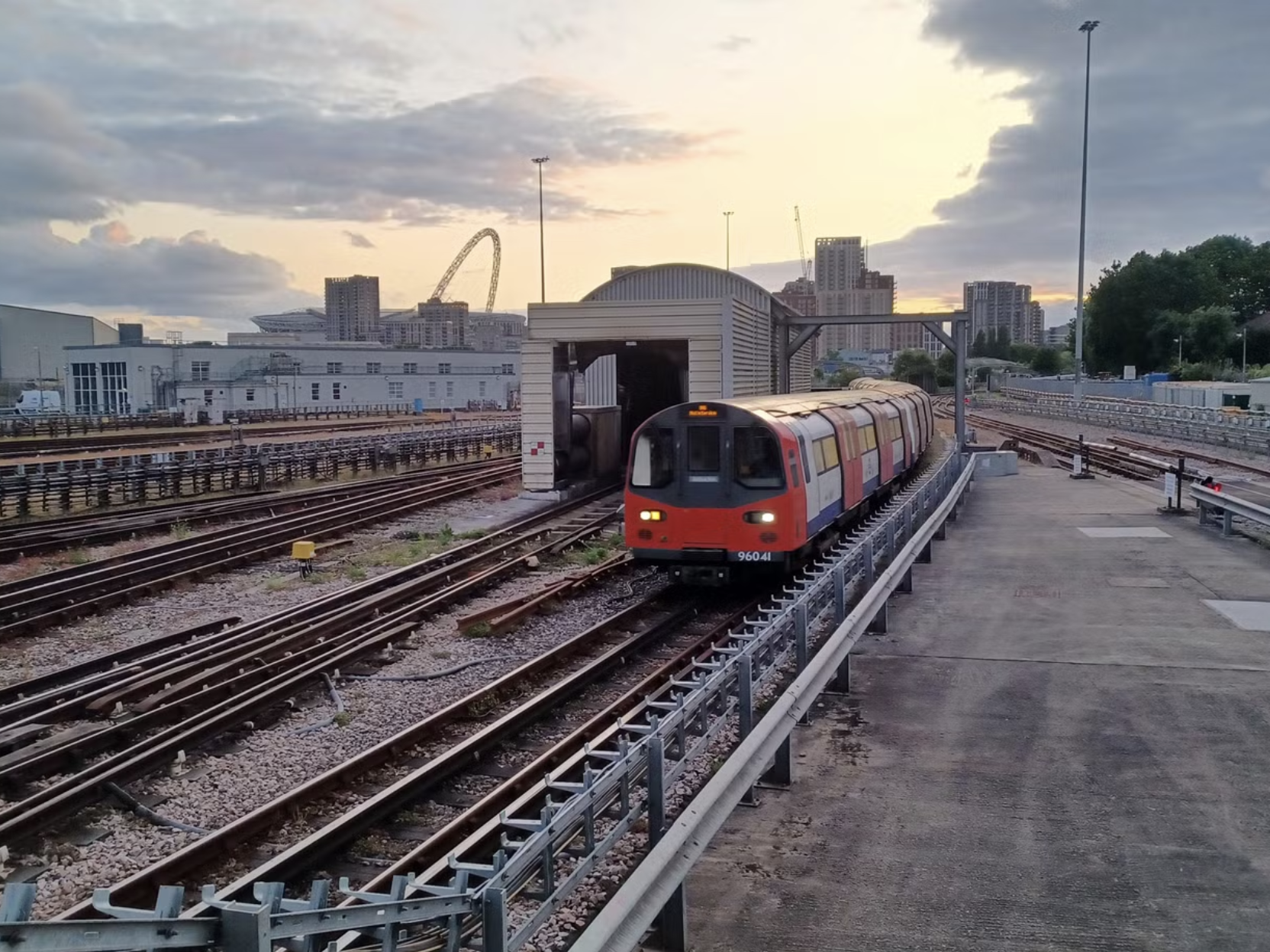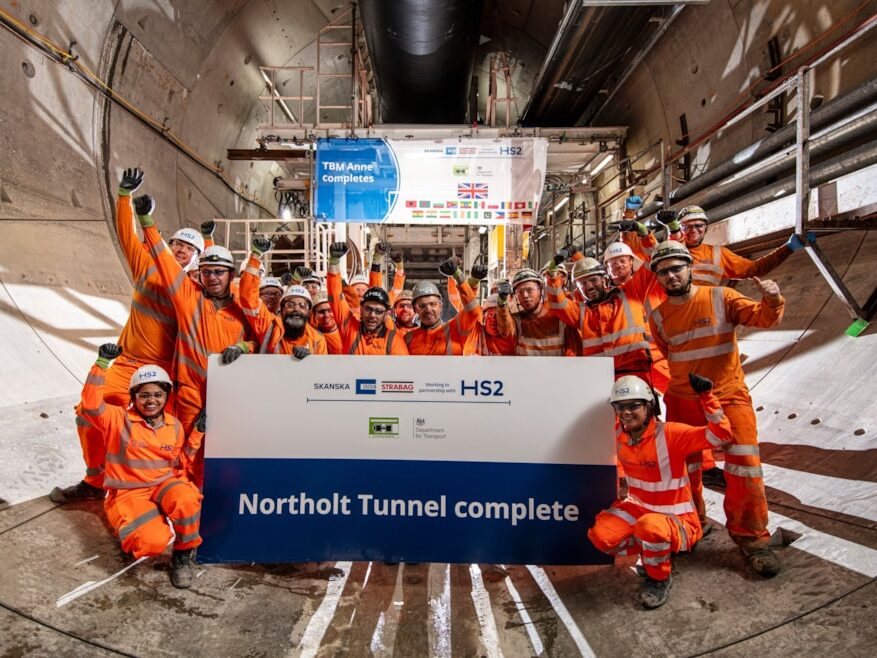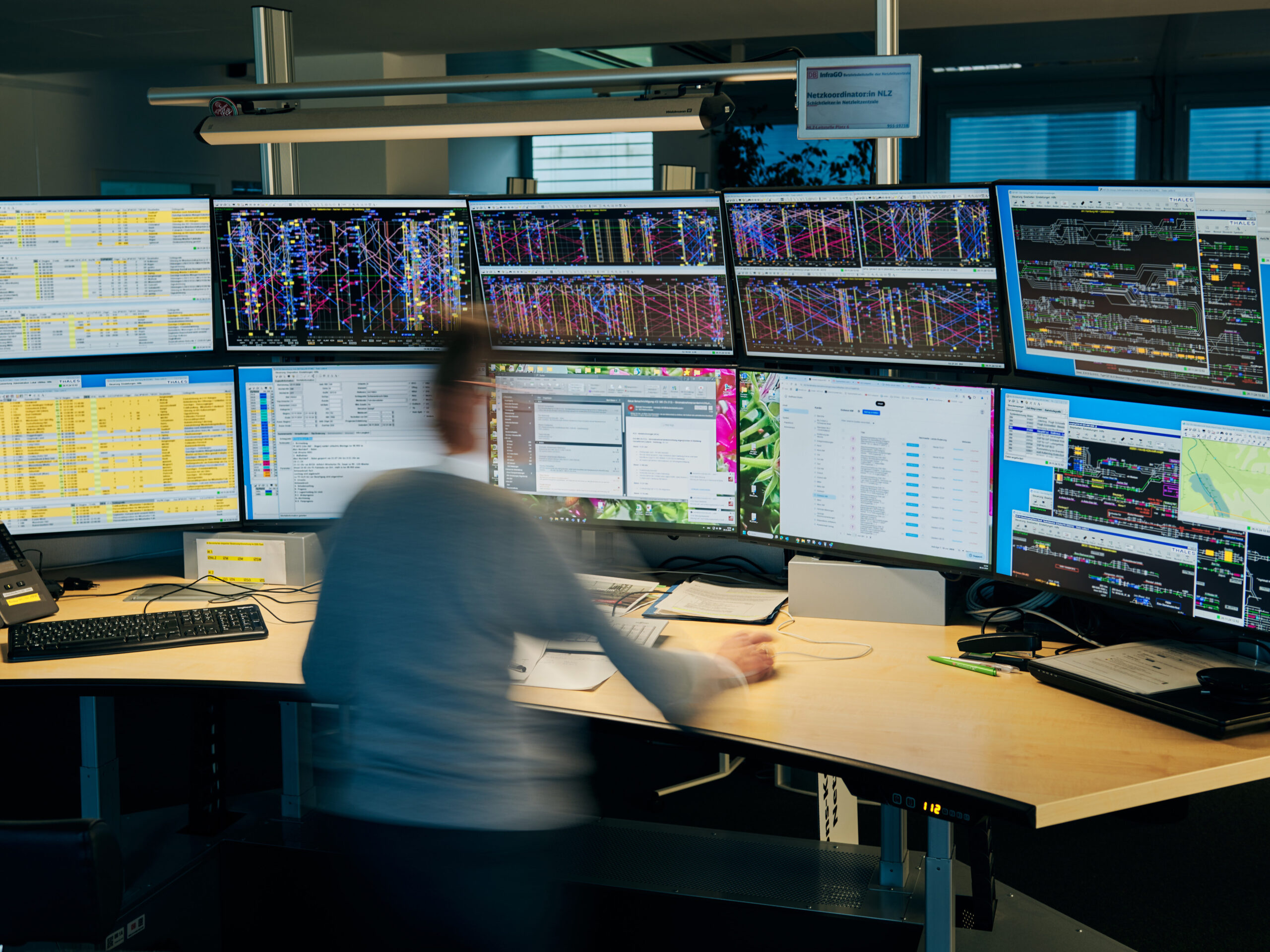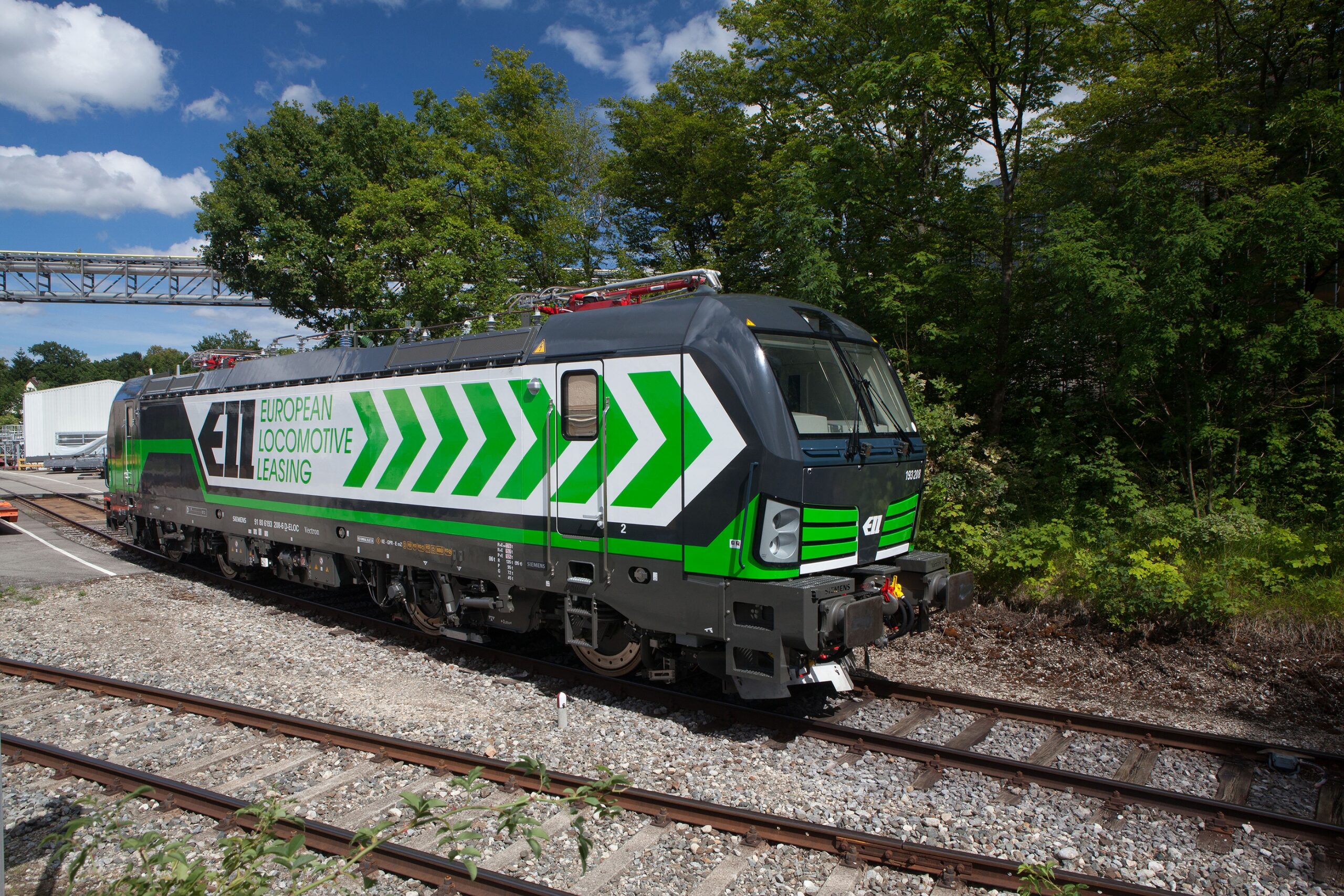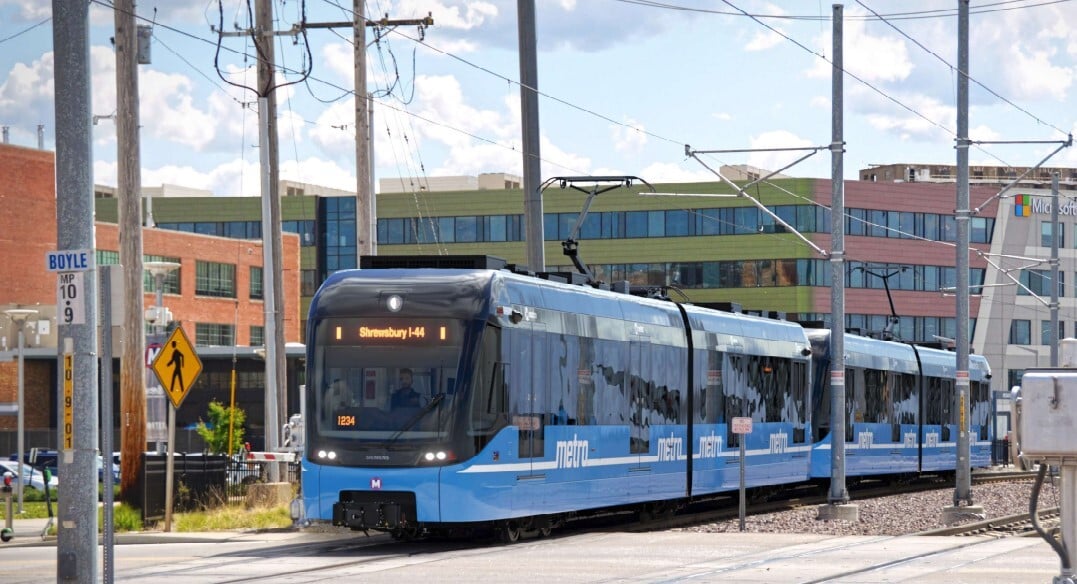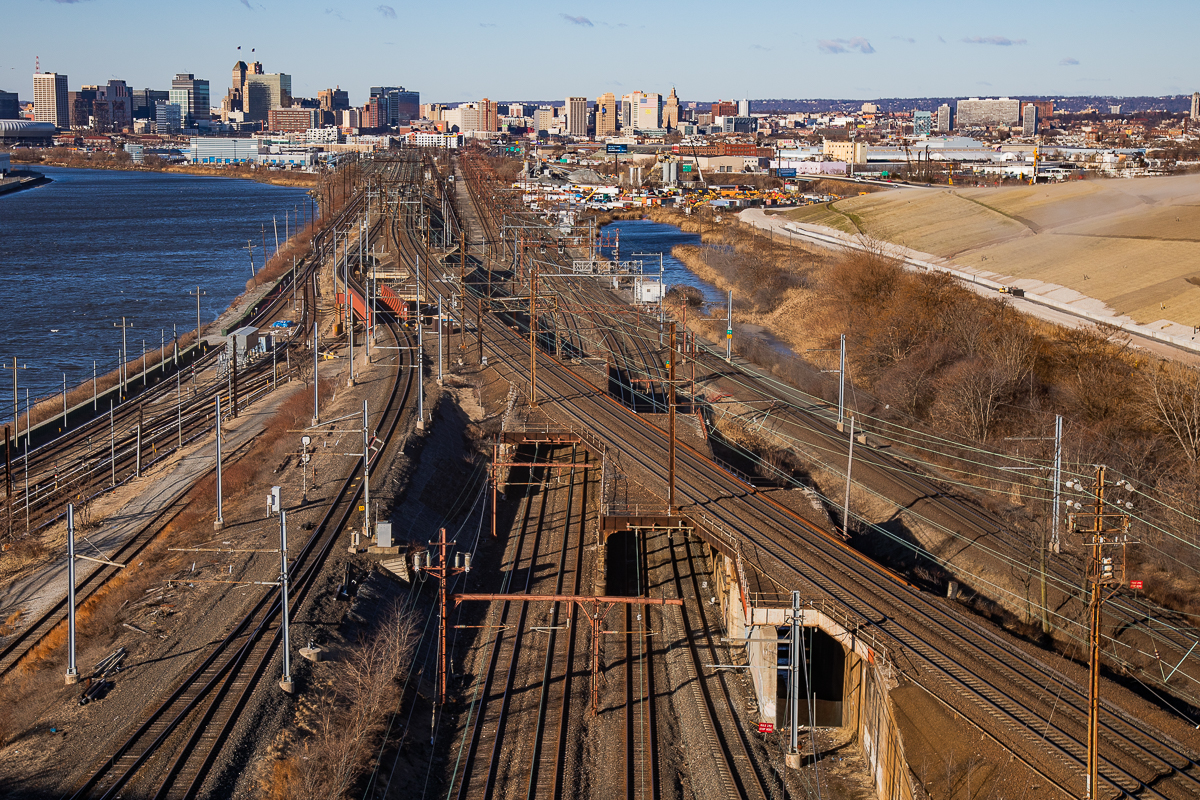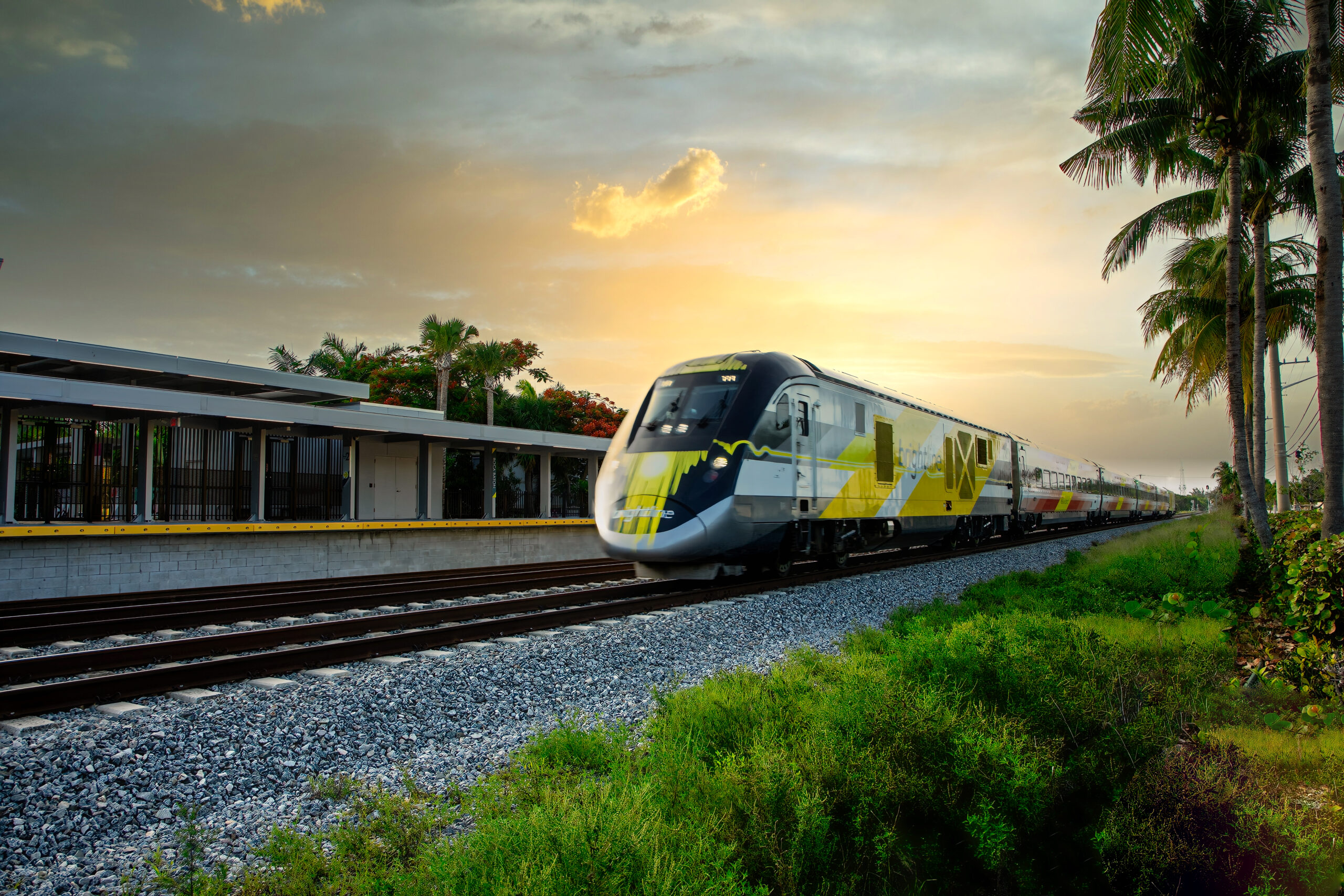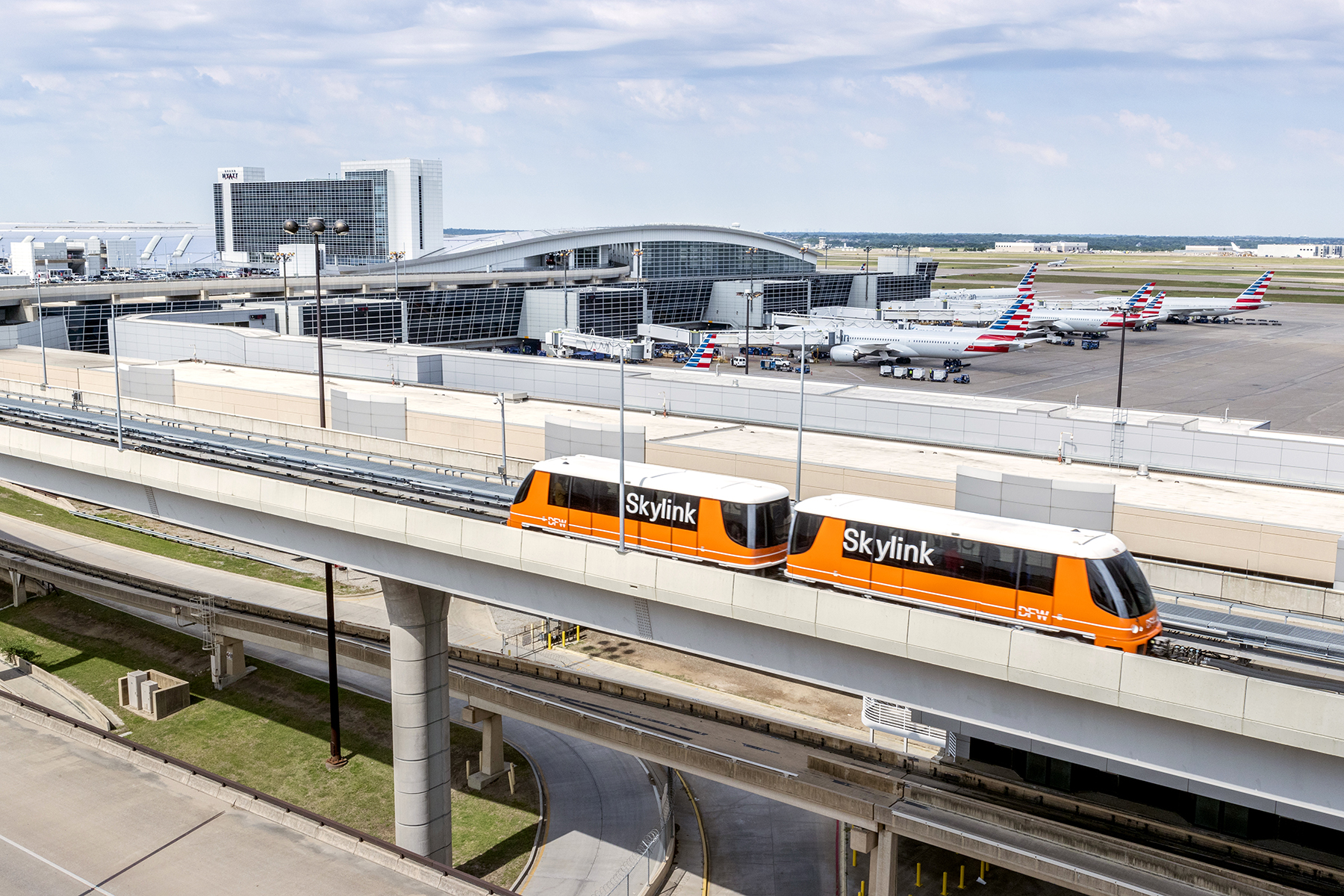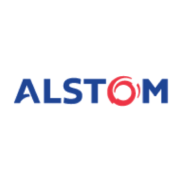Last week, Rail Live! addressed some of the major safety challenges associated with railway operations globally.
Notably, Francisco Cabrera Jeronimo, Deputy Head of Operations & Safety at the International Union of Railways (UIC) presented results from the 2022 UIC Annual Safety Report, which highlighted particular concerns with level crossings and trespassing.
The report showed that in 2021, a quarter of all significant rail accidents and a third of all incidents on the railway took place at level crossings, resulting in 260 lives lost at these sites.
To help tackle this issue, Isabelle Fonverne, Senior Advisor for Safety at UIC spoke of the importance of increasing public education on how to navigate level crossings, such as through the annual International Level Crossing Awareness Day (ILCAD), which is focused on increasing awareness and sharing good practices to improve safety.
In addition to international collaboration, individual operators and nations are also working to enhance level-crossing safety. For example, Operation Lifesaver Estonia (OLE) runs a series of campaigns such as ‘Let the train pass!’ and ‘Get off the bike!’ in Estonia, while also participating in ILCAD.

At Rail Live!, Tamo Vahemets, Chairman of the board at Operation Lifesaver Estonia, highlighted that this work is contributing towards a reduced number of incidents at level crossings in Estonia. Indeed, over the past 20 years, the average number of incidents per year has decreased from an average of 50 to a current average of 15.
Vahemets argued that with increased collaboration and funding from train operators, these campaigns can continue to enhance public safety by providing clear and consistent messaging and advice.
Alongside enhancing awareness, Isabelle Fonverne also advocated for improved technologies and protocols. She noted that currently, practices at level crossings vary from country to country, presenting an opportunity to learn from best practices worldwide to help standardise and improve designs.
What’s more, Fonverne stated that ideally, people shouldn’t have to make their own decisions on how to cross the railway, and companies should instead invest in better infrastructure and integrated solutions to enhance safety.
For example, Wavetrain showcased its Wavetrain Level Crossing Protection (WLXP) solution at the event, which aims to provide an affordable and unintrusive solution for level crossings that may otherwise remain passive and unprotected.
The WLXP uses acoustic sensors attached to the rail head that pick up energy from trains on approach. It then sends signals to the onsite control unit to activate lights and sounders to warn of the vehicle’s approach.
Unlike conventional systems, this solution does not rely on lengthy cabling to strike-in points, thus providing shorter installation times and reduced life-cycle costs. Furthermore, the solution is autonomous and independent of the signalling infrastructure.
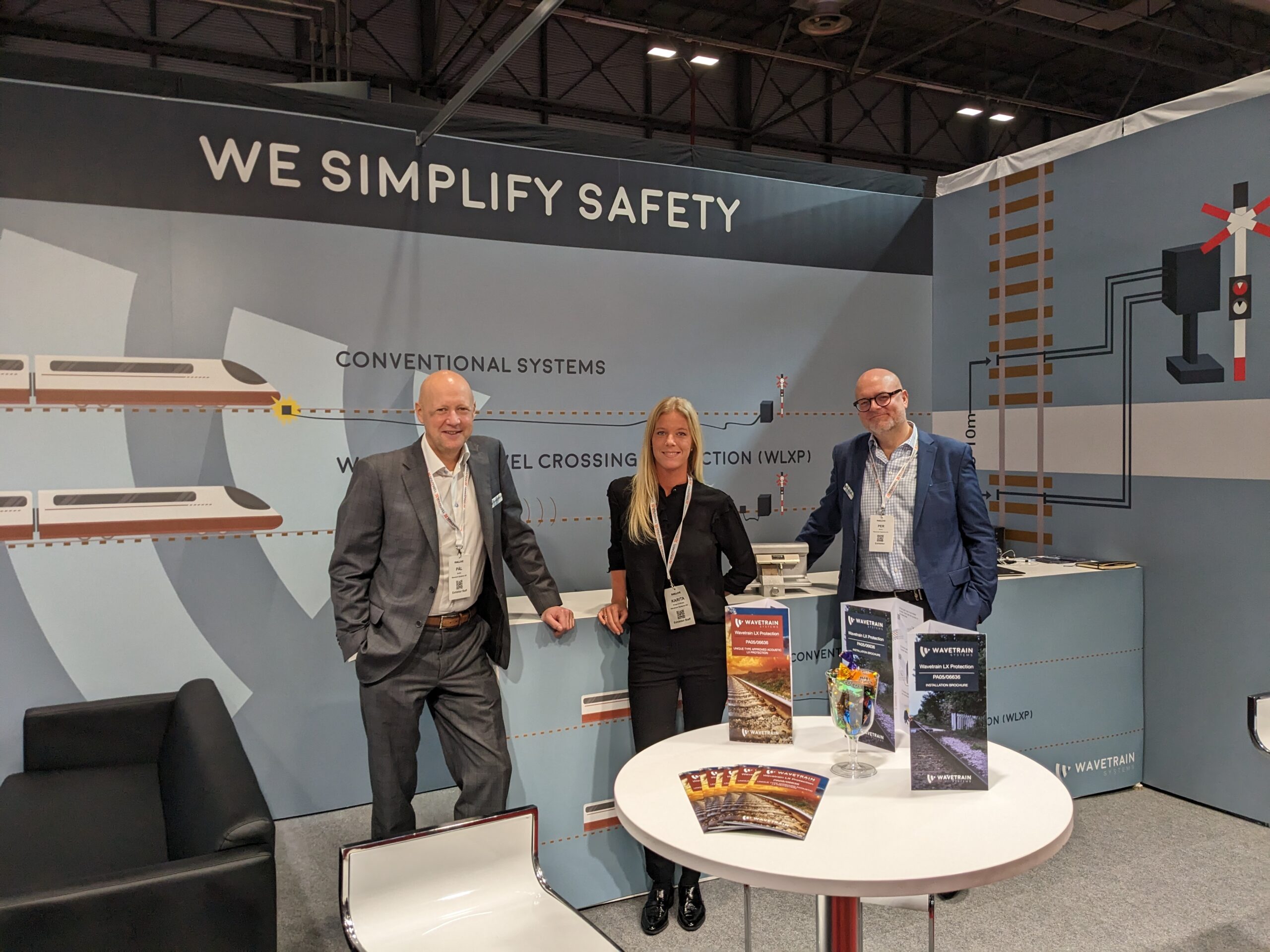
As technologies continue to progress, such solutions can help enhance safety and reduce fatalities. Furthermore, additional tools such as drones can also assist authorities in preventing dangerous and disruptive trespassers and incursions on the railway.
For example, the British Transport Police currently uses 22 drones for both reactive and proactive measures, including locating people on the railway. At Rail Live!, Adam Swallow from the British Transport Police presented this as a quicker, safer and cheaper solution compared to traditional operations. Indeed, the use of drones ensures that fewer officers are deployed trackside while offering improved situational awareness and faster resolution of incidents.
Once future regulations and technology advancements allow for drones to operate beyond the visual line of sight (BVLOS), expanded coverage and enhanced efficiency will also be unlocked, thus further enhancing safety and improving their capabilities.
However, it is also worth noting that as technologies continue to develop and progress in the industry, additional safety concerns and considerations can arise. With this in mind, Karina Jacobsen, Mechanical Engineer at the US Federal Railroad Administration (FRA), is working to assess the crashworthiness of trains equipped with alternate onboard energy storage systems (OESS) such as hydrogen and battery power.
This is a key consideration at level crossings where side impacts from other vehicles risk penetrating the storage systems, leading to additional hazards such as fires.
Jacobsen acknowledged that it is thus crucial for FRA regulations to reflect novel risks and set standards for where and how alternate energy storage systems can be located on new rolling stock to reduce hazards and mitigate the impact of potential incidents.
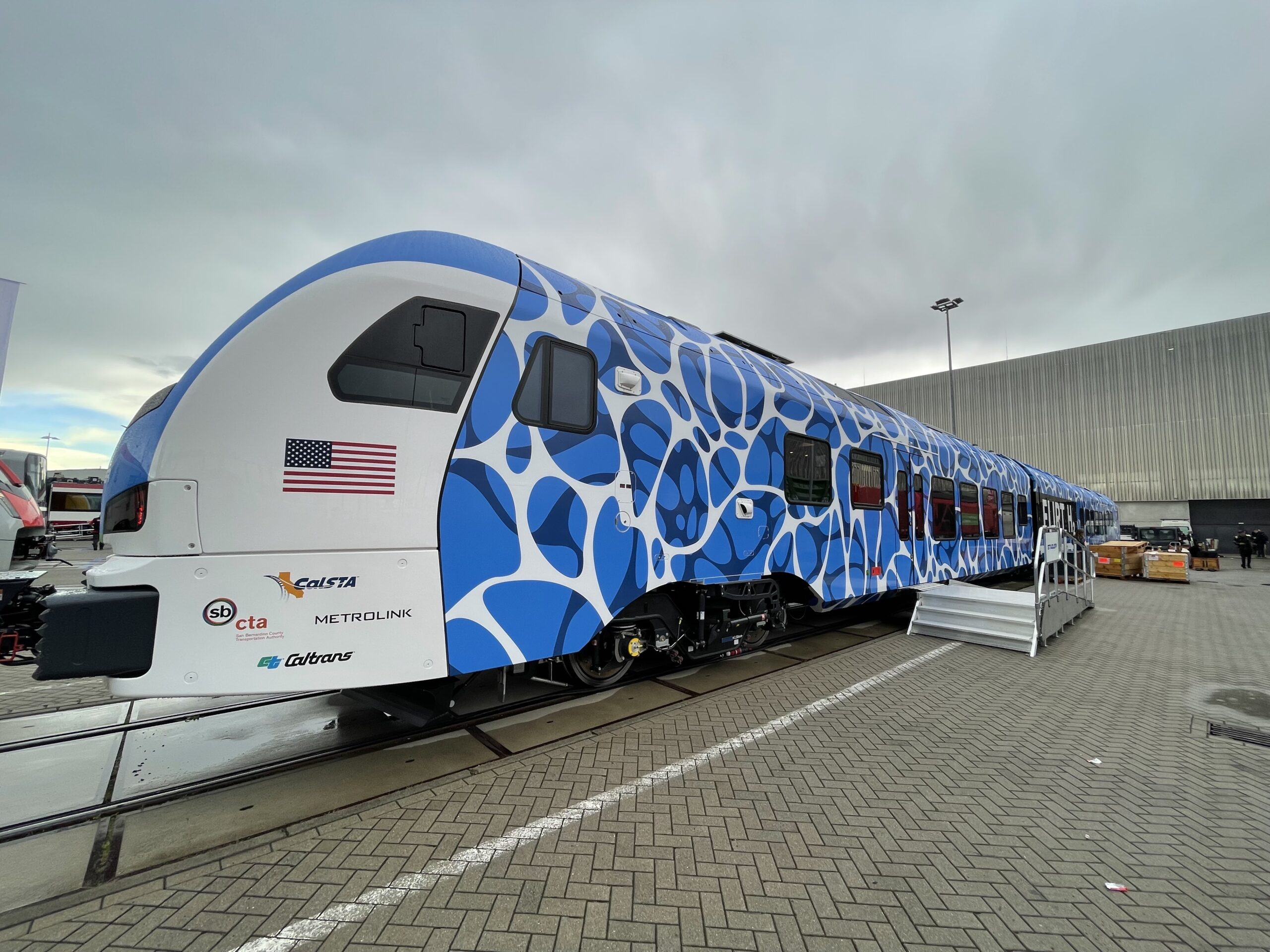
Rail Live! highlighted the varied and comprehensive work being carried out across the industry to prevent incidents on the railway and effectively react to occurrences in order to mitigate injuries and fatalities and promote safe and efficient rail services.
With level crossings standing out as a key area of risk, solutions arising in this field offer great potential to save lives. It is therefore paramount to continue to raise awareness on responsible behaviour at these sites, while also integrating novel solutions and improved standards and regulations that will further enhance safety.

















